How To Achieve Lower PC Energy Costs In An Hour Or Less

Originally designed for small, battery-operated, single-use devices that would benefit from an always-on Internet connection, the Atom processor soon became the building block for a new classification of computer called the netbook. Soon that popularity moved to the desktop. Now, relatively inexpensive Atom-based PCs are starting to reach the market.
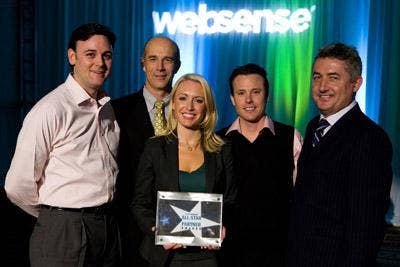
When the CRN Test Center used Intel's D945GCLF2 motherboard (with the Atom 330 processor) to construct a PC that approximates the functionality of a netbook, we ended up with a computer that is capable of performing day-to-day tasks, while only drawing 46 watts under load. By comparison, our standard desktop testbed draws almost double that amount at idle and more than triple under the same exact load.
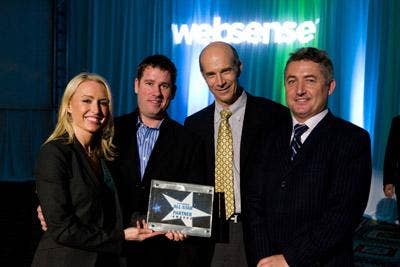
Cards like the just-released ASUS Matrix ENGTX260 are designed for overclocking and, as such, have adjustable voltage regulators. While this feature is primarily used to increase the voltage while boosting the speed of the GPU, it can just as easily lower the voltage when the system is being used for less graphic-intensive jobs.
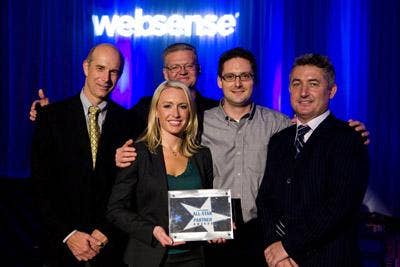
Hitachi Global Storage Technologies has implemented a set of power-saving technologies to reduce the Deskstar P7K500's active and idle power consumption by up to 40 percent over the previous generation. With idle power utilization of 4.8 watts (3.6 watts on the 250-GB capacity model) and active power requirements of 8.2 watts (6.4 watts for the one-disk model), the P7K500 utilizes just over half of the idle power typically allotted to hard drives in Energy Star-rated PCs.
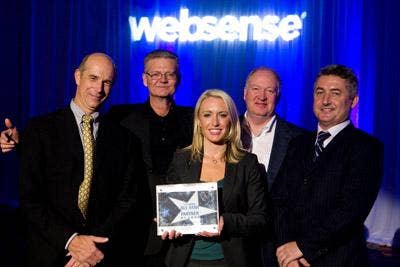
Western Digital's GreenPower Technology line, including the Caviar Green models for desktop use, has multiple features from improved spin-and-seek speeds, transfer rates and caching optimization to platter stability and vibration reduction, which result in an average power savings of 4 to 5 watts per drive.
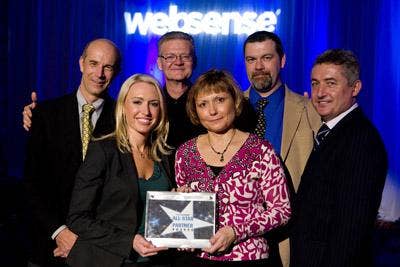
Specifically designed for energy-efficiency, the Core 2 Duo has two cores built on 45nm technology, up to 6 MB of shared L2 cache and up to 1333 MHz Front Side Bus. Although obviously not as powerful as the newer quads, we find them to be extremely versatile. And if you put some of the cost savings into adding more memory, the loss in performance would appear negligible to the typical user.

Systems used for basic tasks would do well with Antec's EarthWatts line of PSUs. Available in models up to 750 watts, Antec bills EarthWatts as "one of the most environmentally friendly power supplies available." All 80 PLUS-certified, EarthWatts power supplies also feature Active PFC (Power Factor Correction), which alters the input current, thereby reducing electrical costs.

For users whose requirements go above the highest 750 EarthWatts model, Antec's TruePower Quattro power supplies offer 850- and 1000-watt units that incorporate many of the same energy-efficient features as EarthWatts PSUs.
Whether building a new system, or fine-tuning an existing one, with careful component selection and a little tweaking, significant energy savings can be realized.